Electricity usage and what it means for your bill
Nobody likes to receive a higher-than-expected bill. There are many factors that can affect your power bill—some of which aren’t obvious. And often, it’s a combination of many factors that makes a noticeable difference. We’re here to help you understand when this happens and offer solutions to help you manage your future bills.
If you are looking for information on the billing and metering systems assessment for residential customers, an update is available here.
Energy use is measured in kWh (kilowatt hours) and makes up the largest portion of your bill. The good news is that you can help manage your energy use by making changes to your appliances, home or daily routines. These changes can lower your bill over time.
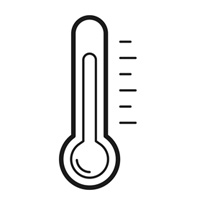 Outside temperatures |
|
 Household changes |
Family members
|
 On your bill |
There are also several things on your bill that can explain higher-than-expected bill. Learn more about the different parts of a typical bill. |
 Number of billing days |
The typical billing period length is 28 to 33 days depending on what day your meter is read and your usage verified. Comparing a billing period with 28 days to one with 33 days can make a big difference depending on the temperature and household activities during those additional days. A helpful tip: Calculate your average daily energy consumption. This lets you see if your daily usage has increased—for example, noticing a 3 kWh daily rise is often clearer than focusing on the total monthly increase. Keep in mind that the number of billing days in a period includes all days, even those when you didn’t have power. This means if you lost power for several days, your consumption will be lower than expected for the total billing days, which can make comparisons seem even further apart. |
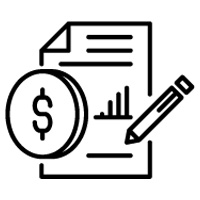 Balance owing |
If you didn’t fully pay previous bills or missed a payment, you’ll have an amount in the previous balance section of your bill. This gets added to your next bill, making your overall bill seem much higher. |
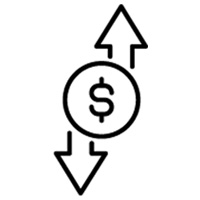 Rate changes |
Changes to electricity rates will make your bill higher even if you use the same amount of electricity as you did previously. Your total kilowatt hours are multiplied by the current rate for your account type to give the cost of your energy consumption. Learn more about rates. |
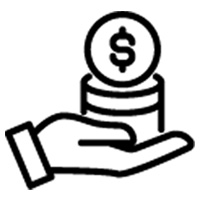 One-time charges |
There may be times when other service charges appear on your bill, increasing the amount overall. These include service call and reconnection fees, new customer connection charges and statements of account. |
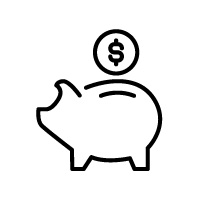 Equalized Payment Plan settlement month |
Our Equalized Payment Plan allows you to spread your annual energy costs equally throughout the year for predictable payments. Halfway through your plan, we send you a notification if you’re tracking to exceed your annual payment amount by 10% or more. You can increase or decrease your monthly payment amounts at any time, so we recommend keeping tabs on your plan. If your bills are consistently higher than your payment amounts, you will end up having a balance to pay off in your annual settlement month, which could come as a shock. |
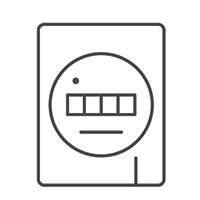 Meter estimates and adjustments |
NB Power makes every effort to read your meter monthly. Estimates generally occur during weather events, power outages or connectivity challenges with smart meters. Estimated meter readings are based on three components:
|
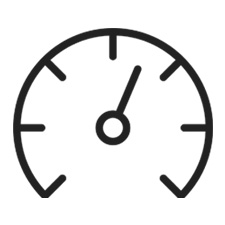
Something that won’t impact your bill?
The type of meter on your home or business.
Just like the old meter, a smart meter measures the energy your household consumes. It doesn’t influence how much energy you use or the rate you are charged—it is just a more advanced way to do the same job. Think of it like comparing a digital watch to a smartwatch; both tell the time, but the newer technology can offer extra features that provide useful insights.
All meters, including smart meters used by NB Power, must be certified by Measurement Canada and must undergo rigorous testing to ensure compliance with their high standard of accuracy. Measurement Canada requires meters to be tested every six years to ensure reliability and they are replaced if necessary.
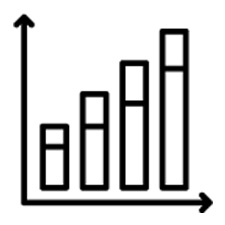
Smart meters can help you learn about usage and save on energy use
As we modernize the grid, we’re putting the power in New Brunswickers’ hands—the power to manage your energy use.
Customers with a smart meter don’t need to wait for their monthly bill to know how much energy they’re using. Smart meters make it possible to view your electricity usage data by the day, hour, and even 15-minute intervals in your online NB Power account. Learn more about these enhancements to your online account. Don’t have an online account yet? It’s quick and easy to create one!
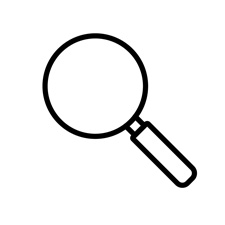
High bill mysteries solved
Occasionally, it takes some solid detective work to discover the cause of a high bill. Here are some less obvious issues that can impact your bill:
- A miscalibrated thermostat in a basement space that is rarely used could mean you’re heating unnecessary rooms. Older dial-style thermostats can often cause the temperature to rise 3 to 4 degrees above the set level.
- Not realizing your new home has in-floor heating means you could miss out on the opportunity to manage it cost-effectively.
- A well pump that is stuck in the “on” position, even when no additional water is needed, can lead to higher energy consumption.
- Having a mini-split set on “auto” can result in the air conditioner kicking in if it gets too warm.
- Constantly adjusting or “playing with” thermostat settings can lead to inconsistent temperatures and higher energy use.
If you have exhausted the list of routine causes for high bills and aren’t sure what to do next, please contact our Customer Care Team who are ready to help you!
You can also head over to SaveEnergyNB.ca for programs, rebates and tips to help you use less energy.
Resources to help you manage your bill








